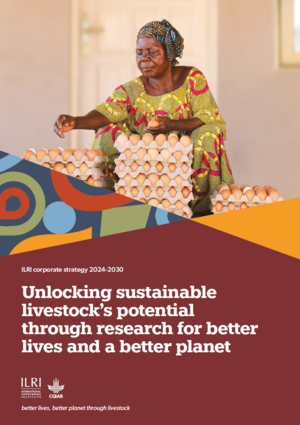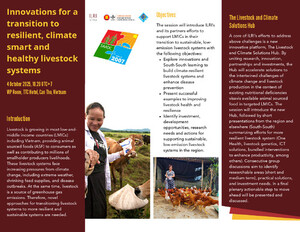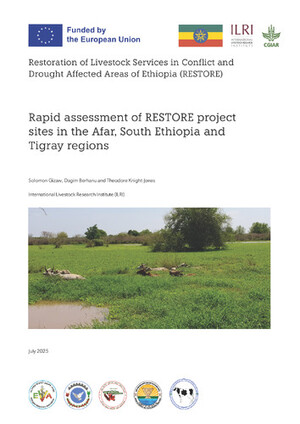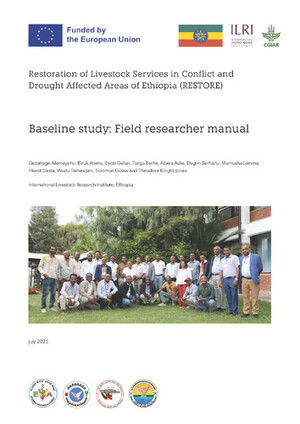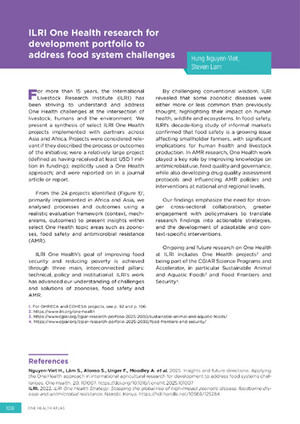
Genome editing in apicomplexan parasites: Current status, challenges, and future possibilities
Abstract
Clustered regularly interspaced short palindromic repeats (CRISPR)–CRISPR-associated protein (Cas) technology has revolutionized genome editing across various biological systems, including the Apicomplexa phylum. This review describes the status, challenges, and applications of CRISPR–Cas9 editing technology in apicomplexan parasites, such as Plasmodium, Toxoplasma, Theileria, Babesia, and Cryptosporidium. The discussion encompasses successfully implemented CRISPR–Cas9-based techniques in these parasites, highlighting the achieved milestones, from precise gene modifications to genome-wide screening. In addition, the review addresses the challenges hampering efficient genome editing, including the parasites’ complex life cycles, multiple intracellular stages, and the lack of robust genetic tools. It further explores the ethical and policy considerations surrounding genome editing and the future perspectives of CRISPR–Cas applications in apicomplexan parasites.
Citation
Webi, E., Abkallo, H.M., Obiero, G., Ndegwa, P., Xie, S., Zhao, S., Nene, V. and Steinaa, L. 2024. Genome editing in apicomplexan parasites: Current status, challenges, and future possibilities. CRISPR Journal 7(6): 310–326.




